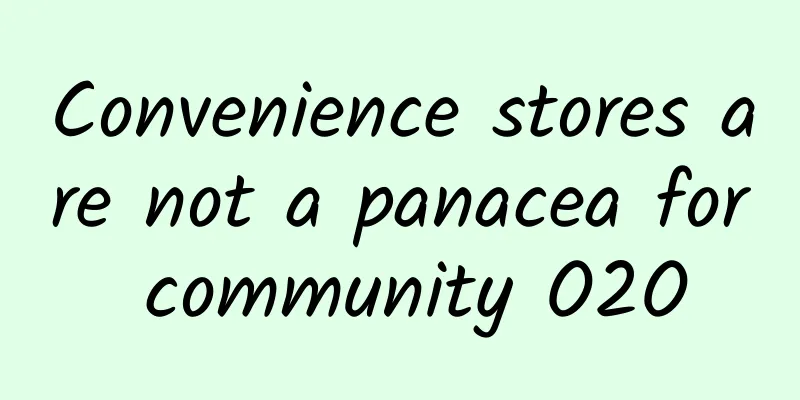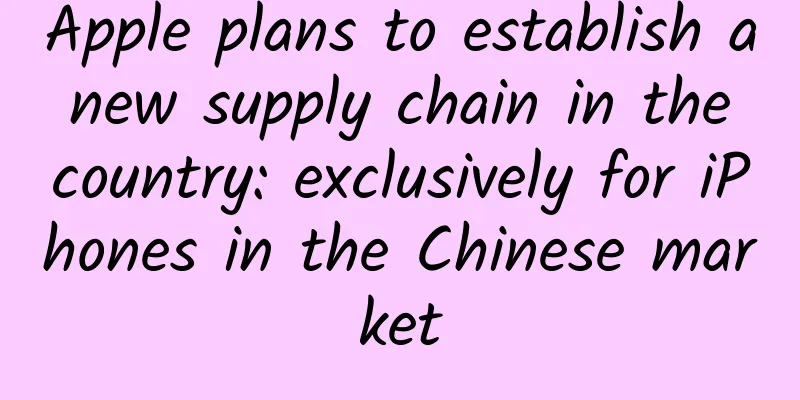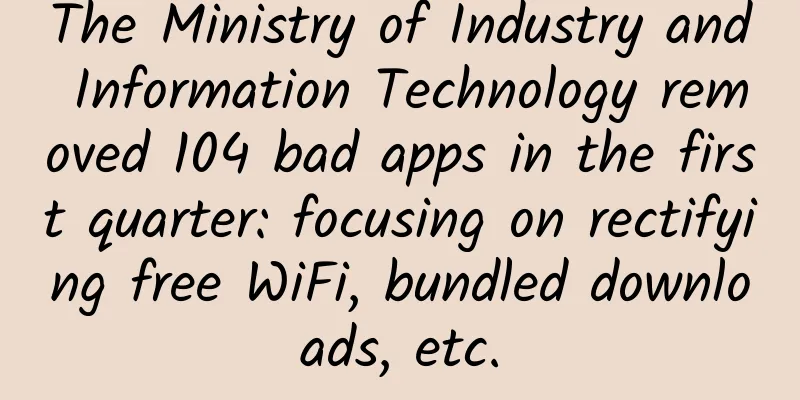Convenience stores are not a panacea for community O2O

|
Once upon a time, I was superstitious about convenience stores, especially those distributed like capillaries around urban communities. I thought that if the convenience store resources were successfully integrated, the logistics, warehousing and delivery would be undertaken by the convenience stores. O2O, especially the popular community O2O, will undergo a complete transformation, but now I have to admit that I was wrong, especially after a period of entrepreneurship. It is true that community convenience stores have become popular because they are widely distributed and store owners can easily establish good trust relationships with nearby residents. However, don't be too happy too soon. For community O2O, the category of the products sold is of great importance. Nowadays, no matter what kind of community O2O project, it is to attract users by standard products, and then add fruits and fresh produce to pursue ambitions. If the product is a standard product, most of them are fast-moving consumer goods, which are generally sold in convenience stores. The characteristic of this type of product is that the gross profit is very low. If the products distributed by the community O2O platform belong to convenience stores, and then the convenience store owners are asked to deliver them, the entire platform only plays the role of the Yellow Pages, and even the payment method is cash on delivery. If the platform's products are distributed to convenience stores, the platform needs to be able to get a more favorable price than the convenience store wholesalers to attract store owners to distribute the products. However, the user base of general community O2O projects is relatively small, and it is unlikely to use users to kidnap upstream suppliers in a short period of time. In this way, it is impossible to distribute the products in convenience stores according to the normal wholesale model. Of course, some community O2O projects with godfathers are completely tycoon-style and generous, and do not consider business logic at all. For example, a community project is still queuing up to get goods from large supermarkets and delivering them to users, and from time to time notifies users which supermarket has discounts on certain products, and also sends coupons. Of course, these are all paid by the godfather and the big investor. If we continue to sell fresh food, it will be even more difficult for community convenience stores to cooperate. Let’s not consider for the moment that some convenience stores around the community do not have any conditions to sell fresh food. Although these problems do exist, there are still people who will argue with Tiege and find a lot of convenience stores that have the conditions to sell fresh food to refute his argument. Fresh food e-commerce is difficult because of quality control, which is divided into logistics quality control and delivery quality control. Even if SF Express does fresh food, these two problems are still unavoidable. When you open SF Express's selected lamb products, the screen is full of comments that "it's too meaty and has no taste." For community O2O, there are naturally a lot of reasons to prove that cooperating with convenience stores will solve these two difficulties. Tie Ge also believed it at the beginning. But is it really so? When cooperating with convenience stores, we must consider the selfishness of human nature, that is, will the convenience store owner really preserve the delivered products according to your requirements? Let’s not consider how high the cost of consigning fresh products in convenience stores is. If the store owner fails to preserve the products as required, who is responsible for the loss of the products? In the period when the number of customers is small, the platform has insufficient constraints on the convenience stores, and it is difficult to constrain the other party with interests. This is not the end. After the user places an order, the convenience store owner’s delivery time and delivery quality are completely uncontrollable. For the selfish boss, it is entirely possible to send customers with poor appearance or poor quality, and keep the high-quality products for himself to sell. How can the platform constrain the boss, especially some users do not comment after receiving the product and just think that the community O2O is just so-so and have no urge to repurchase. This is the most terrifying. In addition, fresh products are complex and diverse, with different parts of meat, the difference between fruits on the mountain and down the mountain, etc., which cannot be described with simple text and pictures. When the platform cannot fully grasp the upstream products or cannot confirm the quality of the products received by users, the store owner's delivery will contain infinite risks. For example, there are about five or six products of Lingbao Red Fuji, and the taste is different. In this way, quality control is not just a slogan. Of course, most of the so-called community O2O projects are still errand running projects. Some go to supermarkets to buy and deliver to customers, and some go to vegetable markets to buy and deliver to customers. The platform itself plays the role of information intermediary and deliveryman. Most platforms have no control over the upstream supply products, that is, the upstream cannot control the quality. Only a small number of platforms own some of their own products. But the irony is that these platforms do express delivery themselves but leave the vision to community convenience stores. Each plan talks about cooperation with convenience stores. After Tie Ge really dealt with convenience stores, the above problems could not be circumvented. Therefore, we cannot force convenience stores into the entire ecological chain simply by combining concepts. Perhaps convenience stores cannot bear such a big responsibility as community O2O. Tie Ge suggests that those who are keeping a close eye on community O2O might as well turn their attention to other community-centric resources. Tie Ge is currently looking for some resources and has made some small gains, which he will share with you later. As a winner of Toutiao's Qingyun Plan and Baijiahao's Bai+ Plan, the 2019 Baidu Digital Author of the Year, the Baijiahao's Most Popular Author in the Technology Field, the 2019 Sogou Technology and Culture Author, and the 2021 Baijiahao Quarterly Influential Creator, he has won many awards, including the 2013 Sohu Best Industry Media Person, the 2015 China New Media Entrepreneurship Competition Beijing Third Place, the 2015 Guangmang Experience Award, the 2015 China New Media Entrepreneurship Competition Finals Third Place, and the 2018 Baidu Dynamic Annual Powerful Celebrity. |
<<: Can Paipai Weidian change shopping habits?
>>: The difference between TV and box
Recommend
Find user pain points accurately in 3 steps and solve marketing problems!
In the previous article "The Essence of Mark...
Millions of IPs Create Science and Technology Talents to Strengthen the Country丨LiuGong: Extending Human Power with Smart Green Machinery
In recent years, China's construction machine...
Yin Haoran's "Xianglong Stick Training" Dragon Seeking Stick Dragon Seeking Ruler Video 10 Episodes
Yin Haoran's "Xianglong Stick Training&q...
How to open an account for Baidu bidding and how much does it cost?
As 2021 has entered September, many companies are...
iOS 16 update fixes a lot of issues
Two weeks ago, Apple previewed iOS 16 to the outs...
A 5-yuan tea drink is actually a magical skin care product that can remove acne and whiten your skin? The truth...
Recently, a drink you may have drunk has become a...
Trivia | Eight must-check websites before getting married
One minute with the doctor, the postures are cons...
Google Nexus 6 gets Android 7.1 update
According to foreign media Android Authority, the...
Full process analysis of improving APP push conversion rate
An APP without message push function cannot be ca...
Online education conversion traffic operation guide!
This article is about internalization, but the co...
Big data prescription for startups | WOT Technology Clinic Second Phase Diagnosis
On October 11, the second consultation of WOT Tec...
LeTV Cast vs DingTalk Cast, which one should you choose for startup company conference casting?
Management guru Drucker once said: If there is no...
When it grows up, it eats the brain and turns into a plant. Why does the tunicate hate itself so much?
If we say that "survival" and "rep...
Lei Jun, the car-making king, passed on a message that BYD, which makes mobile phones for Huawei, is the rightful heir to Xiaomi?
At this year's Xiaomi Spring New Product Laun...









